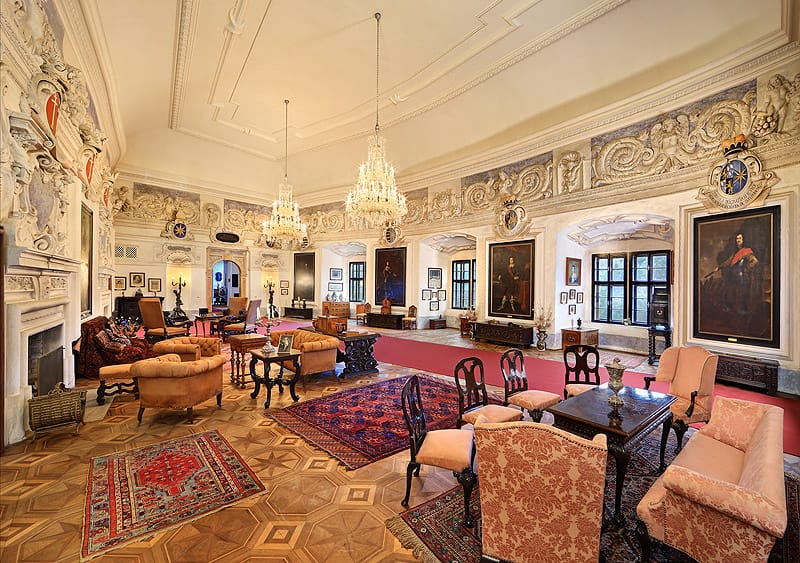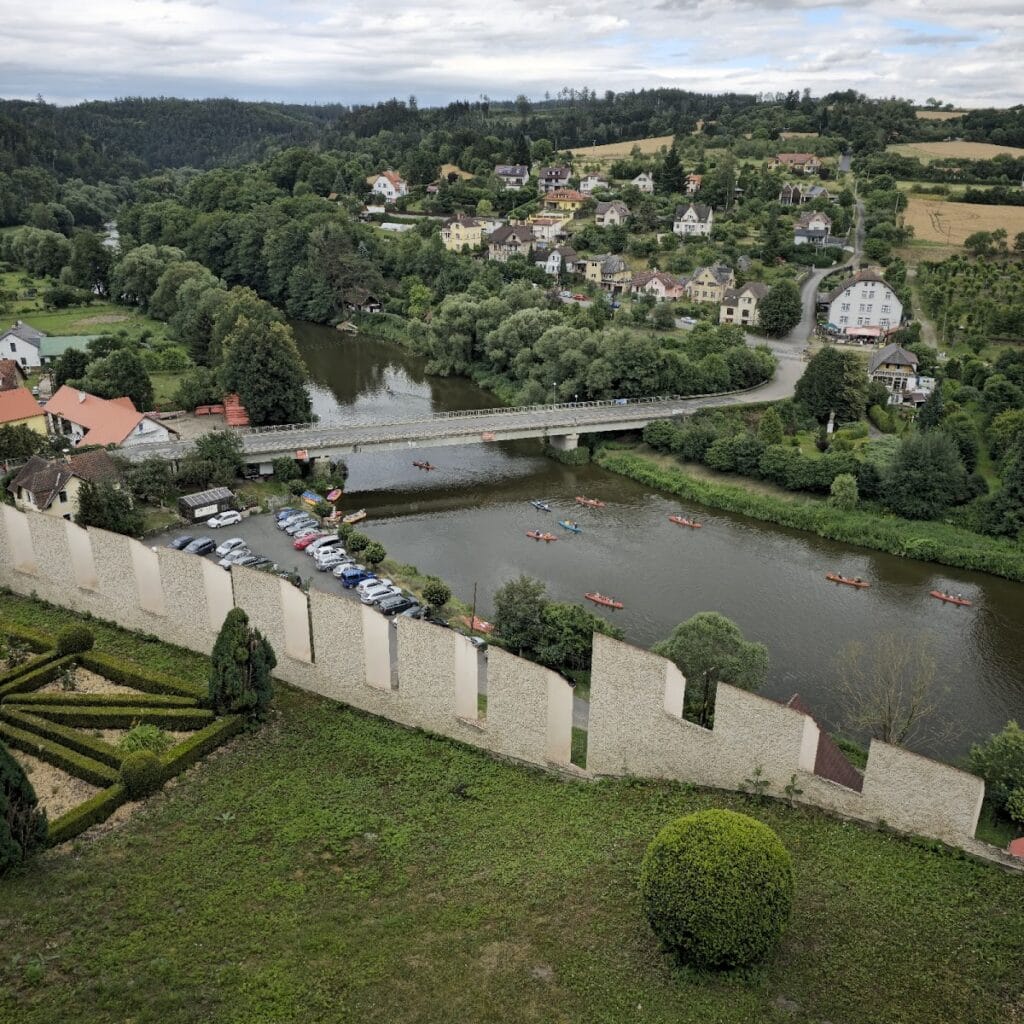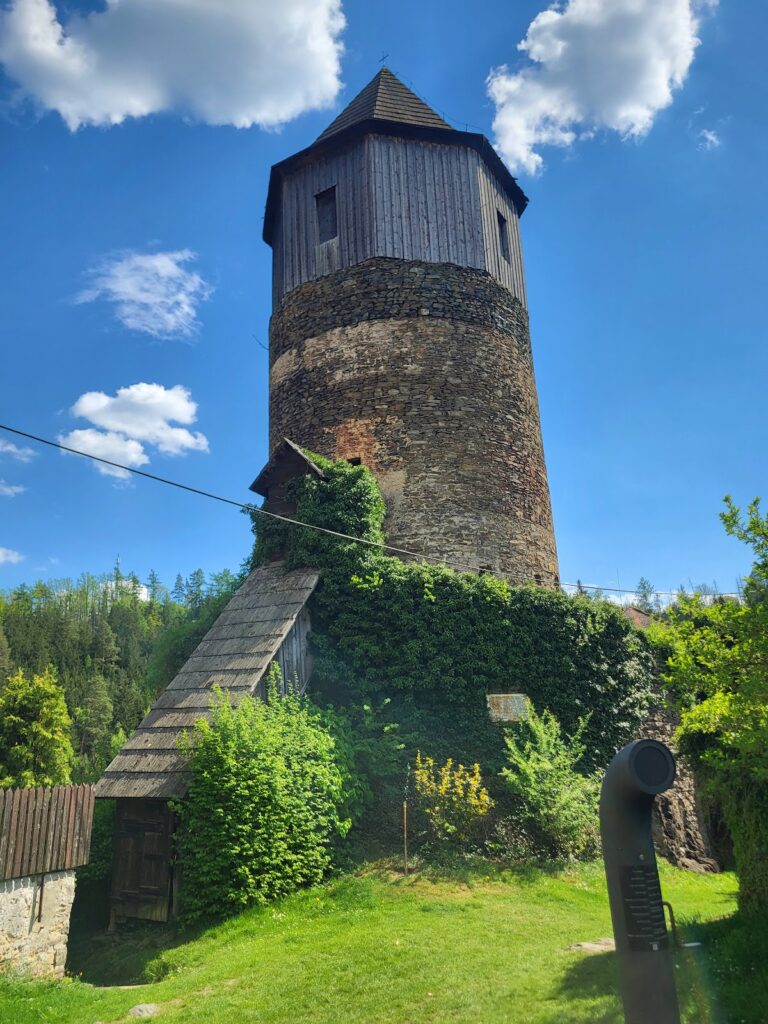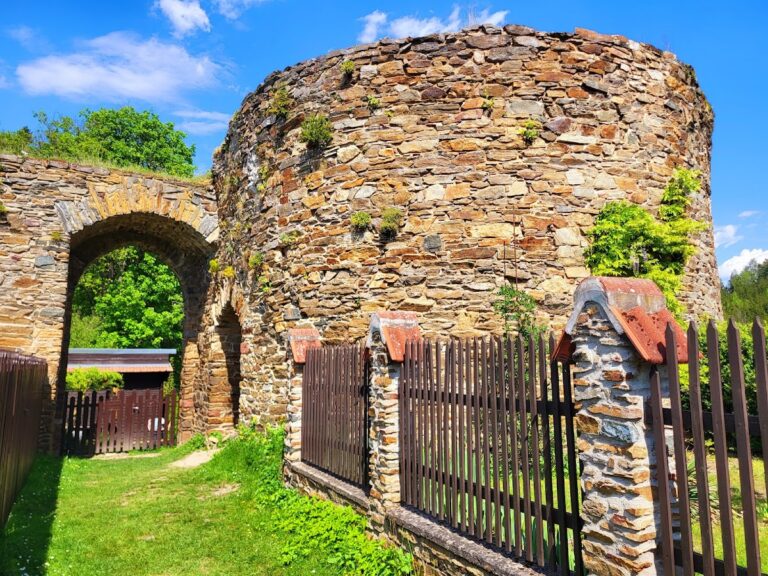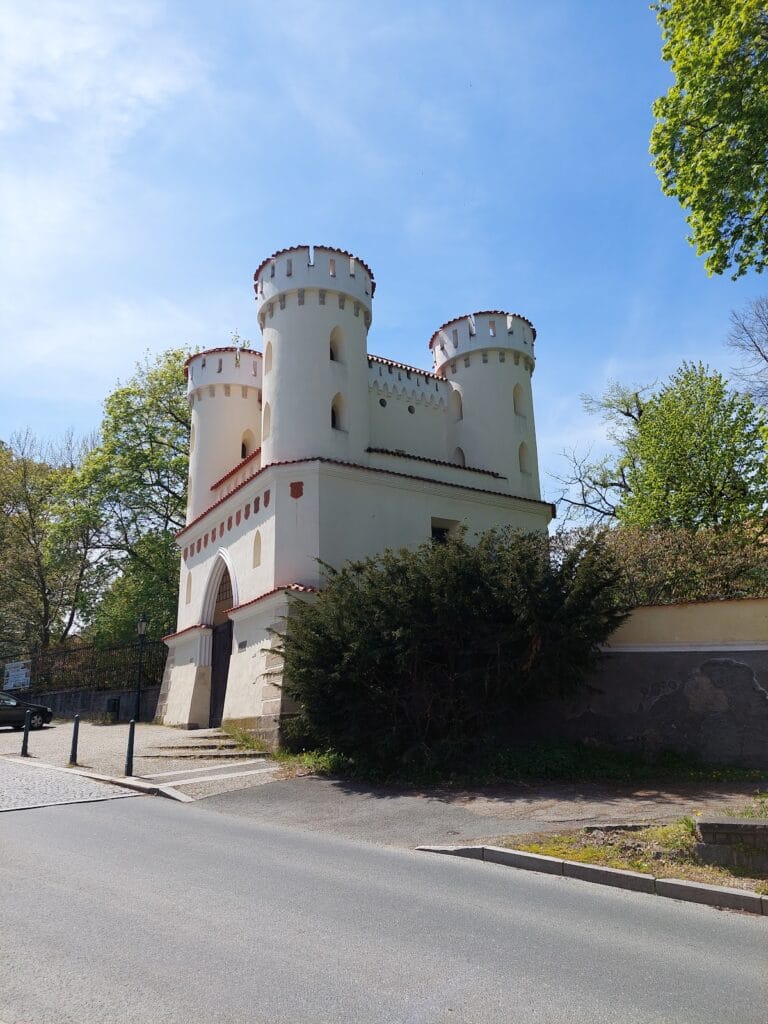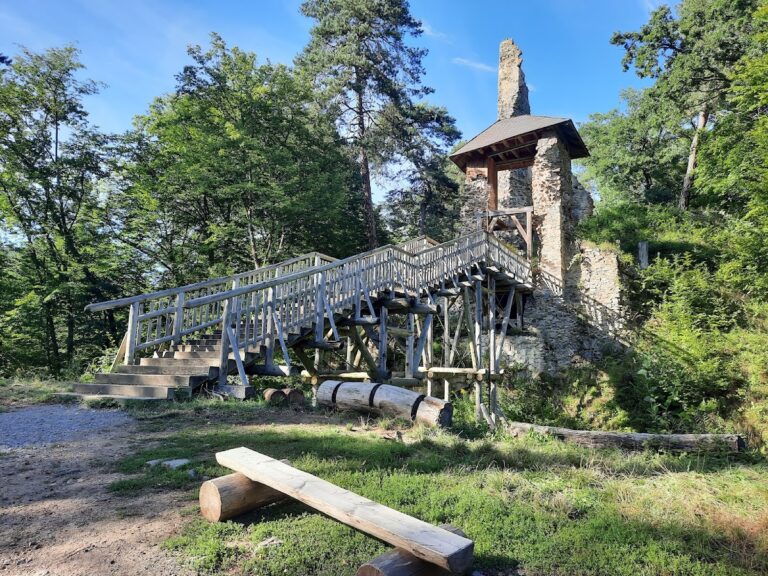Český Šternberk Castle: A Historic Gothic Fortress in the Czech Republic
Visitor Information
Google Rating: 4.7
Popularity: Medium
Google Maps: View on Google Maps
Official Website: www.hradceskysternberk.cz
Country: Czechia
Civilization: Medieval European
Remains: Military
History
Český Šternberk Castle is situated in the municipality of Český Šternberk in the modern-day Czech Republic. It was established by members of the Bohemian nobility in the mid-13th century. The castle’s name originates from the golden eight-pointed star featured in the coat of arms of the Divišov family, who were responsible for its founding.
Construction began in 1241 under the direction of Zdeslav of Divišov, who chose a steep rocky ridge overlooking the Sázava River for its strategic position. This elevated location offered natural defensive advantages and control over the surrounding area. Over time, the castle became the ancestral seat of the Šternberk family, descending from the Divišov line.
Ownership of the castle shifted within branches of the Šternberk family during the 15th century, notably to the Holický branch. During this period, the castle became a focal point of conflict when Zdeněk Konopišťský of Šternberk joined a rebellion against King George of Poděbrady. As a consequence, forces loyal to the king captured the fortress in 1467. Political developments in the region allowed King Vladislaus II to restore the castle to the Šternberk family in 1479, reaffirming their status.
The Holický Šternberk lineage concluded with the death of Jan Václav in 1712, leading the castle to pass out of family hands for a time. Nearly 130 years later, in 1841, a descendant named Zdeněk of Šternberk repurchased the property, reuniting it with the original family line. The castle remained privately owned by the Šternberks until 1949 when it was nationalized under communist rule.
Jiří Šternberk, who lived from 1888 to 1965 and was the final private proprietor before nationalization, took on the role of custodian and compiled a detailed inventory of the castle’s contents, preserving many original objects for posterity. Following the fall of communism, the castle was returned to the family in 1992 to Zdeněk Šternberk, a modern descendant maintaining this link to the past.
Remains
Český Šternberk Castle stands as a Gothic fortress perched approximately 350 meters above sea level on a rocky ridge above the Sázava River’s left bank. Its earliest architectural elements reflect the original medieval design, retaining early Gothic features characteristic of its 13th-century origins. The site’s natural topography provided a formidable defensive position.
In the 14th century, a notable northern defensive tower was added, connected to the main castle by a sturdy wall. This period marked the beginning of enhancements to its fortifications, adapting to evolving military needs. After suffering damages in the 15th and 16th centuries, the castle’s defenses were significantly strengthened.
One of the most distinctive features is the southern bastion known as the Hladomorna. This polygonal artillery tower exhibits a sharp southern edge and is surrounded by outer fortifications designed to resist artillery attacks. A spiral staircase occupies the rear of the bastion, granting access between levels. In the basement lies a storage space believed to have served as a powder magazine, critical for holding gunpowder safely. The first floor centers around a circular room connected to five corridors, each terminating in cannon embrasures—openings through which artillery could be fired. One embrasure was later modified into a portal, allowing artillery pieces to be brought inside the tower.
The second floor of the bastion was constructed with timber or half-timbering, materials common in military architecture for their relative lightness and ease of repair. Adjacent to the tower on the south side once stood a wooden guardhouse equipped with tiled stoves meant to provide warmth for the defending garrison. Originally, a wooden wall enclosed the tower, which was eventually replaced by a masonry wall featuring an additional artillery embrasure facing northwest, indicating adaptations to the castle’s outer defenses. The front of the bastion was further secured by a neck ditch—a deep, narrow trench intended to hinder attackers.
Beyond the bastion, more advanced outer fortifications exist to the south, including remnants of a siege camp and another neck ditch measuring up to seven meters in depth. This ditch is partially filled in but is flanked by an earthen rampart, reflecting layered defensive works designed to protect the castle from prolonged assaults.
Inside the castle, a spacious Knight’s Hall stands out with its ornate 17th-century stucco decorations and portraits portraying commanders from the Thirty Years’ War alongside King George of Poděbrady. The castle chapel, dedicated to Saint Sebastian and founded by Václav Jiří Holický of Šternberk, contains a 17th-century Dutch painting set within an elegant Rococo frame, combining religious devotion with artistic refinement. Several salons owe their decorative stucco work to Carlo Brentano, an Italian master who contributed to the interior’s 17th-century embellishment.
Of particular note is the collection of 545 engravings housed within the castle. They largely depict scenes from the Thirty Years’ War and originate from the Theatrum Europaeum chronicle, positioning this collection among Europe’s largest dedicated to a single historical theme. Additional interiors include a library holding historical Šternberk family volumes, a formal dining room, and salons furnished in various period styles such as Louis XVI and Dutch floral baroque. Rooms also memorialize prominent family members and the naturalist Kašpar Šternberk.
The castle’s most recent significant architectural addition dates to 1751 with the completion of the lower castle, constructed adjacent to the existing enclosure wall. Today, Český Šternberk Castle is well preserved and recognized as a national cultural monument, reflecting centuries of architectural evolution and noble lineage.
